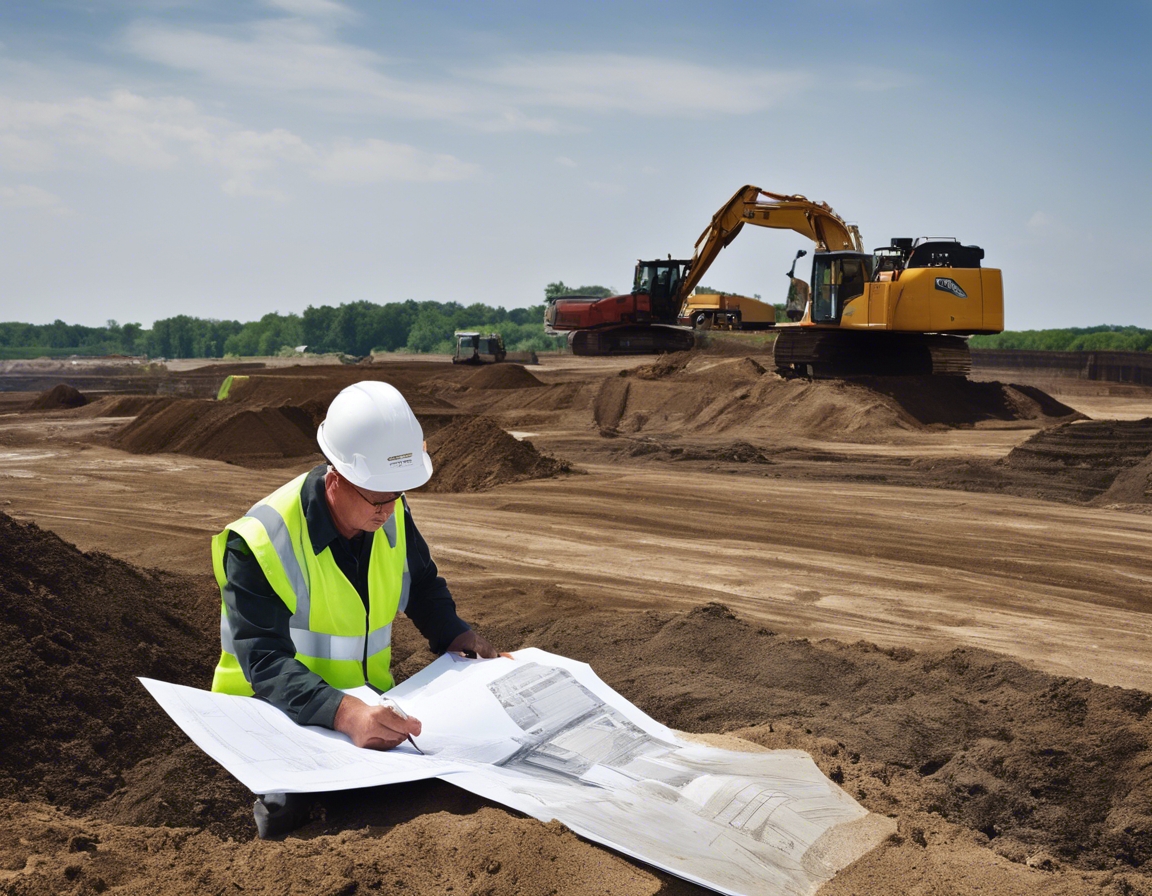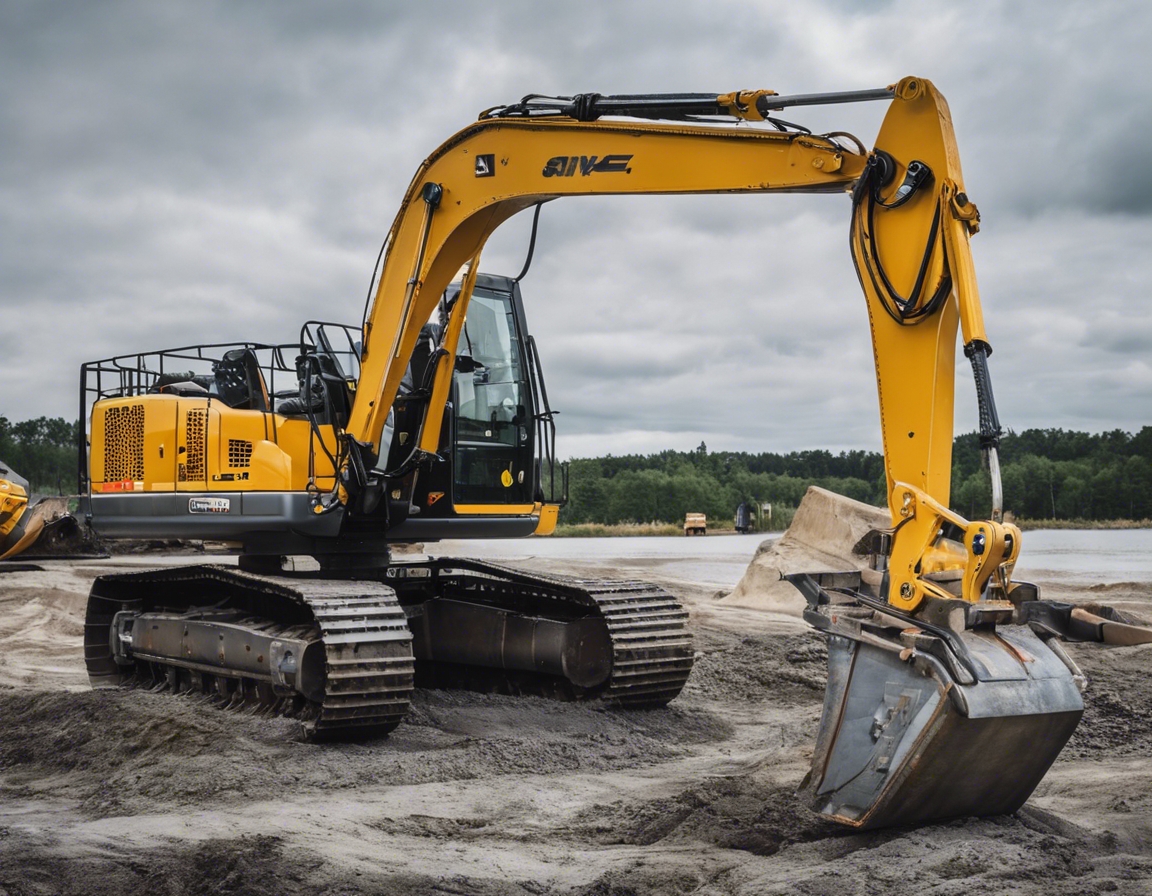Maximizing safety in lifting operations
Lifting operations are integral to the construction, real estate development, and municipal infrastructure sectors. Ensuring the safety of these operations is not just a regulatory requirement but a moral imperative to protect workers and the public. Inefficient and unsafe lifting practices can lead to accidents, project delays, and financial losses.
Lifting operations come with inherent risks such as equipment failure, load drops, and accidents due to poor handling. Understanding these risks is the first step towards mitigating them.
Planning for Safety
Before any lifting operation, a thorough risk assessment should be conducted to identify potential hazards and implement control measures.
A detailed lifting plan is essential for coordinating and executing lifting activities safely. This plan should outline the process, identify roles, and specify safety measures.
Selecting appropriate lifting equipment is crucial for the safety and efficiency of operations. Factors such as load weight, height, and the environment should be considered.
Implementing Safety Measures
Operators must be properly trained and certified to handle lifting equipment. This ensures they have the necessary skills and knowledge to perform lifts safely.
Regular maintenance and inspection of lifting equipment are vital to prevent malfunctions and accidents. A schedule for routine checks should be established and followed diligently.
Employing safe load handling techniques is essential to prevent load imbalance and ensure the stability of the lift. Operators should be trained in these techniques and apply them consistently.
Technological Advancements in Lifting Safety
New technologies in lifting equipment can enhance safety and productivity. Features such as load sensors and automatic cut-off systems can prevent accidents.
Software solutions can assist in planning lifting operations and real-time monitoring, providing an additional layer of safety.
Wearable devices can monitor workers' vitals and alert them to potential hazards, contributing to a safer work environment.
Regulatory Compliance and Best Practices
Compliance with local and international regulations is non-negotiable in lifting operations. Staying informed about these regulations is key to ensuring safety and avoiding legal issues.
Following industry standards and best practices can significantly reduce the risk of accidents and improve the overall safety of lifting operations.
Building a culture of safety and striving for continuous improvement in safety practices is essential for long-term success in lifting operations.






Comments (0)